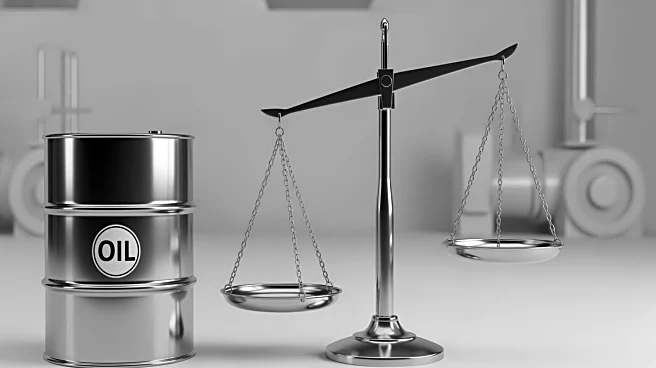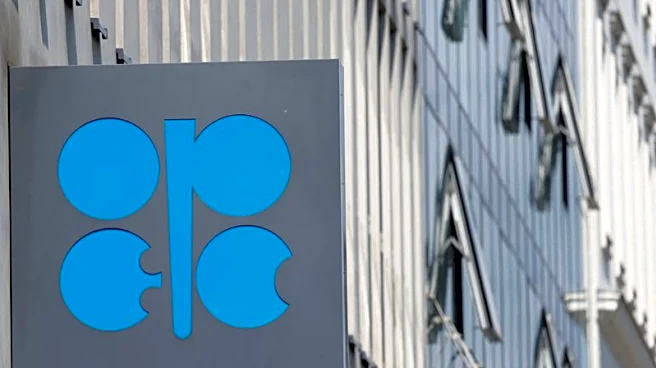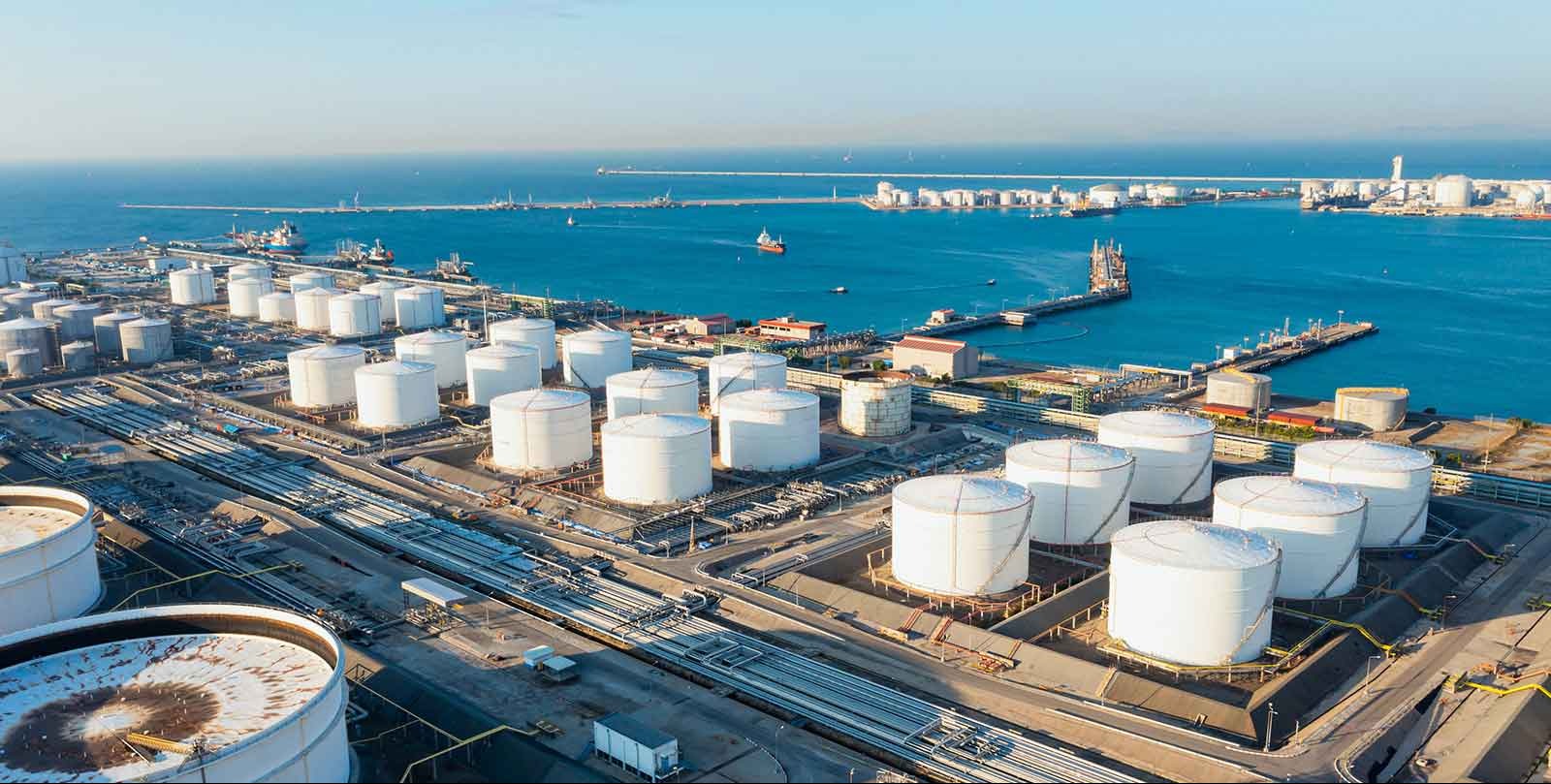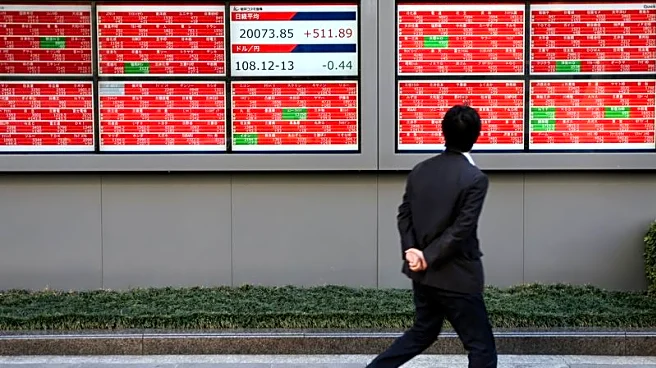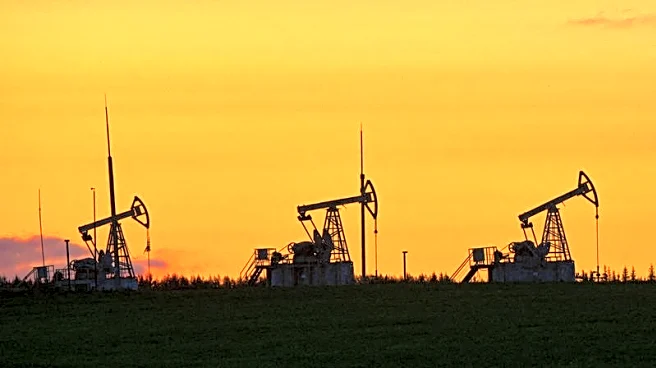What's Happening?
OPEC+ has announced a pause in its oil production hikes for the first quarter of 2026, including December, January, and February, in response to concerns about an oversupply in the market. This decision
comes as the group anticipates a seasonal slowdown in demand. The move is seen as a strategic adjustment to market conditions, with the group still having approximately 1.2 million barrels per day of their current supply tranche to restore. Despite the pause, oil prices remain under pressure due to a surplus estimated between 190,000 to 3 million barrels per day. The decision follows a period where oil prices have slumped, with West Texas Intermediate trading below $61 a barrel, influenced by a stronger dollar and increased production from both OPEC+ and non-OPEC producers.
Why It's Important?
The decision by OPEC+ to pause production hikes is significant as it reflects the group's strategy to manage market conditions and prevent a further decline in oil prices. This move could stabilize the market by addressing the anticipated surplus, which has been a concern for traders and analysts. The pause also highlights the geopolitical risks affecting the oil supply, particularly with the recent U.S. sanctions on Russian oil producers and infrastructure strikes. These factors contribute to the uncertainty in the oil market, impacting global energy prices and economic stability. The decision may benefit oil producers by potentially supporting prices, but it also underscores the challenges of balancing supply and demand in a volatile geopolitical landscape.
What's Next?
Following the OPEC+ decision, market participants will closely monitor the impact of the pause on oil prices and supply dynamics. Analysts will be watching for any changes in demand patterns, particularly in response to geopolitical developments such as sanctions on Russia. The group's ability to manage the anticipated surplus will be crucial in determining future price trends. Additionally, the response from major oil-consuming regions, such as Asia, will be important in assessing the effectiveness of the production pause. The situation remains fluid, with potential adjustments to production levels depending on market conditions and geopolitical events.


